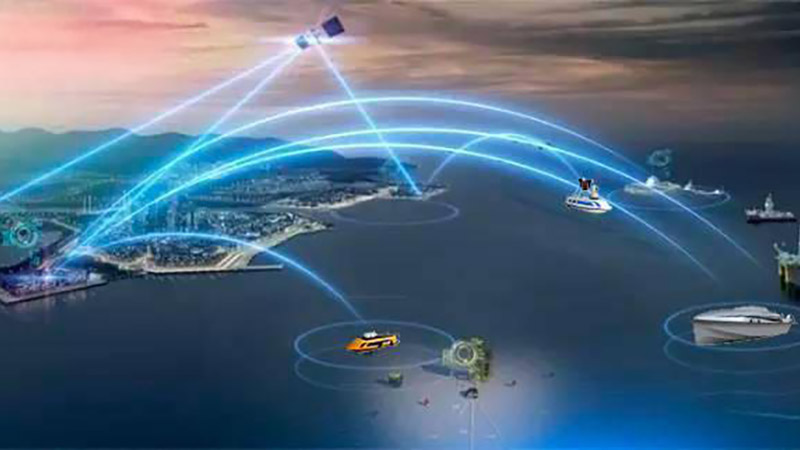- Temporal Consistency: For projects that require long-term data collection, such as coastal monitoring or environmental studies, regular calibration ensures that data collected over time is consistent and comparable.
- Data Integrity: Calibration helps maintain the integrity of datasets, which is critical when integrating LiDAR data with other sensor data or when conducting time-series analyses.
- Trend Analysis: Accurate calibration allows for reliable detection of trends or changes in the environment over time, such as shoreline erosion or sediment movement.

Optimizing System Performance
- Enhanced Resolution: Calibration fine-tunes the LiDAR system to maximize its resolution and accuracy, allowing for the detection of finer details in the environment, which is especially important in complex maritime settings.
- Range Accuracy: Regular calibration ensures that the LiDAR system maintains its specified range accuracy, which is vital for tasks like bathymetric surveys or hazard detection.
- Operational Efficiency: A well-calibrated system operates more efficiently, reducing the need for re-surveys or data corrections, which can save time and resources.
Reducing Data Processing Time
- Minimizing Post-Processing Corrections: Accurate calibration reduces the amount of post-processing required to correct errors or inconsistencies in the data, leading to faster data analysis and interpretation.
- Automated Calibration Checks: Implementing automated calibration checks during data collection can immediately alert operators to any discrepancies, allowing for quick adjustments and reducing the need for extensive post-processing.
- Real-Time Calibration: In some cases, real-time calibration adjustments can be made during data collection, further streamlining the workflow and improving data quality on the fly.
Complying with Industry Standards
- Regulatory Compliance: Many maritime operations are subject to strict regulatory standards regarding data accuracy and quality. Regular calibration helps ensure compliance with these standards, reducing the risk of penalties or project delays.
- Quality Assurance: Regularly calibrated systems demonstrate a commitment to quality assurance, which can enhance the credibility of the data and the reputation of the organization.
- Documentation: Keeping detailed records of calibration procedures and results is essential for audit trails and for meeting industry certification requirements.
Conclusion
Regular calibration of shipborne LiDAR systems is a critical practice that ensures the accuracy, consistency, and reliability of the data collected. By maintaining precise calibration, maritime professionals can optimize system performance, reduce data processing time, and comply with industry standards, ultimately leading to more successful and cost-effective operations.


